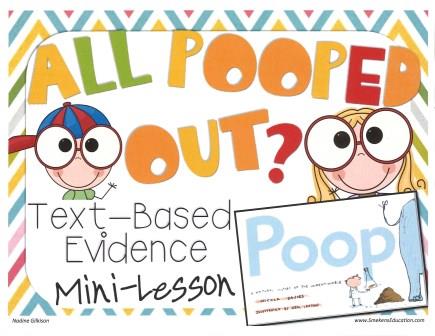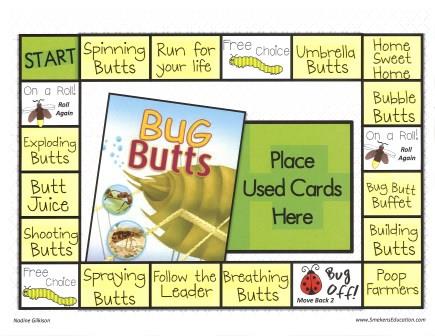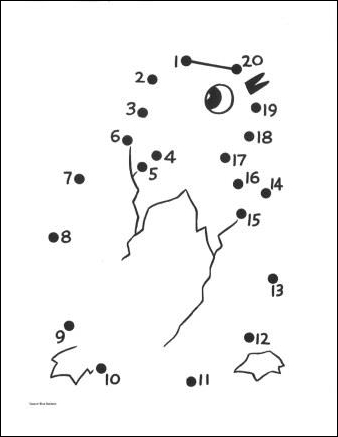Literacy Retreat 2013
SECRET SITE
Constructed-Response Writing
7 Steps
 Kristina addressed 7 steps to writing a strong constructed response. She paralleled the idea to jumping a hopscotch course—you can’t skip any steps. Each step is learned in order and executed in order. And once students have mastered this skill, they’ll use it for the rest of their lives!
Kristina addressed 7 steps to writing a strong constructed response. She paralleled the idea to jumping a hopscotch course—you can’t skip any steps. Each step is learned in order and executed in order. And once students have mastered this skill, they’ll use it for the rest of their lives!
Here’s a reminder of the 7 steps, followed by the digital resources to support each one.
1. UNDERSTAND THE TASK
Teaching a formulaic structure for constructed-response writing is not only expected, it’s a good thing.
When targeting constructed-response writing with students, you’ll need lots of sample prompts. Here are more than 80 examples sorted into the 3 categories of reading standards—CCR.1-3/Key Ideas & Details, CCR.4-6/Craft & Structure, CCR.7-9/Integration of Knowledge & Ideas. Use these to have students practice dissecting the prompt for 1) Background Information, 2) The Petition, and 3) The Proof.
2. RESTATE THE QUESTION
Help students learn how to craft a beginning sentence using the words from the original prompt. Writing words on the Scrabble tiles (and then grouping each word and tile together), students can move them to restate the original prompt as part of an answer.
- The PDF version needs to be printed, laminated, and cut into separate tiles. Students use a write-on/wipe-off marker during a small group or station time.
- The Smart Board version would be a great all-class lesson tool.
Compare this step to a connect-the-dots image. The dots are the text details. Students have to infer what those details or dots mean. Seeing the big, general picture is the notion of writing the big, general answer.
4. SKIM THE TEXT
Build the habit of going back into the text and finding the specific details of support. As students write out their evidence, they have to also include the page number where they Found It (the information).
5. CITE MULTIPLE AUTHOR DETAILS
Provide students sentence starters that will set them up to include text-based evidence.
Crystal Callaway, fourth grade teacher at Bailly Elementary in Chesterton, IN created XL sentence strips for her white board. What a visual reminder!
Remember to use a simple, high-interest text when first teaching students to cite evidence from the passage. Here is a list of my latest favorite picture books (broken down by grade-level appropriateness) that would be perfect for this skill.
South Creek Elementary teacher Nadine Gilkison provides opportunities to practice referencing specific details while weaving in references to the passage with phrases like according to the author, the text states, and others. Watch the accompanying video for how she uses high-interest informational text and a simple game board to target the skills of text-based evidence. Then download several examples already created.
- Access the game board and sentence starters, plus read student responses for Poop: A Natural History.
- Access the game board and sentence starters, plus read a student response for A Rock is Lively.
- Access the game board and sentence starters for Bug Butts (out of print).
- Use this template to create your own game board for any informational text with section titles or headings.



6. END WITH WHY EVIDENCE FITS
Don’t assume the evidence speaks for itself. Students need to explain their thinking and why the details prove their point. These sentence starters will be helpful in generating this final sentence.
Practice the entire Yes, MA’AM strategy within small groups, printing these templates onto card stock and adding tongue depressors to make mini-signs. Remember, the acronym MA’AM represents the Test Lady™ and the 4 components to a strong response.
- ME=Me, the reader, has to restate the question in my own words and offer a general answer/claim.
- AUTHOR=Use the author’s words to prove your point.
- AUTHOR=Use more of the author’s words to add even more proof.
- ME=Me, the reader, has to explain why that proof fits my opening claim.
Including details isn’t enough. Students have to explain how those details support their original inference or general answer. This is the concept of Prove It!
7. REREAD ONLY YOUR RESPONSE
 Remind students their responses should be complete and make sense without needing to read the original prompt. This is the concept of Invisible Questions.
Remind students their responses should be complete and make sense without needing to read the original prompt. This is the concept of Invisible Questions.
While fine-tuning their response-writing skills, it may be necessary to troubleshoot their verbosity. In many cases, there are limited lines students can write on. And thus including all 4 components in a succinct manner is crucial. Have students practice making it all fit by actually providing them the same amount of space they would see on the state/national assessment. (Here is an example from the Indiana ISTEP+.)
For those teachers who have used the “sandwich” analogy with their students in the past—here is a Sandwich Response that includes the beginning and ending buns and all the middle “meaty” steps in between.
For more strategies to writing strong constructed responses, check out Better Answers.


